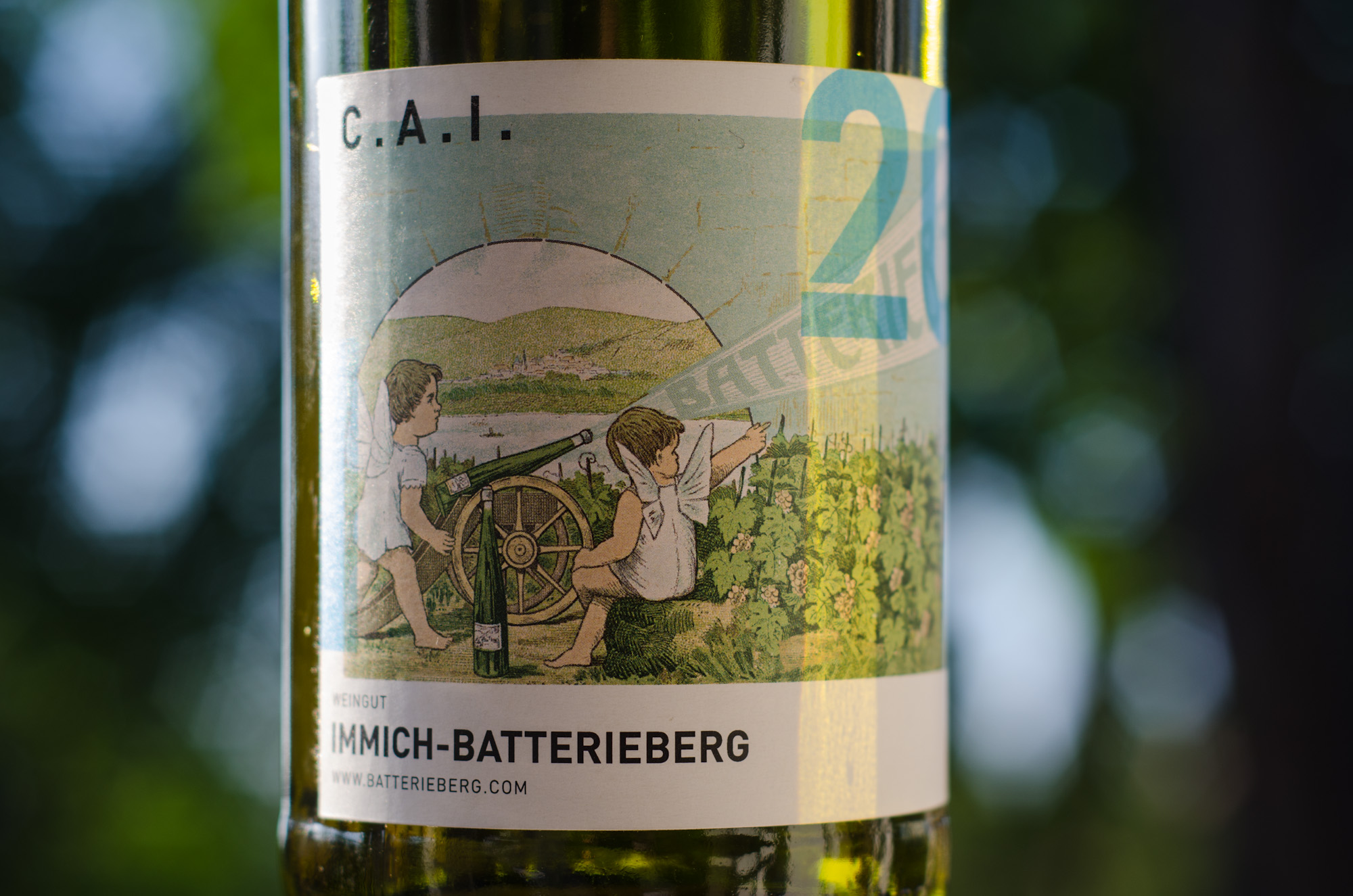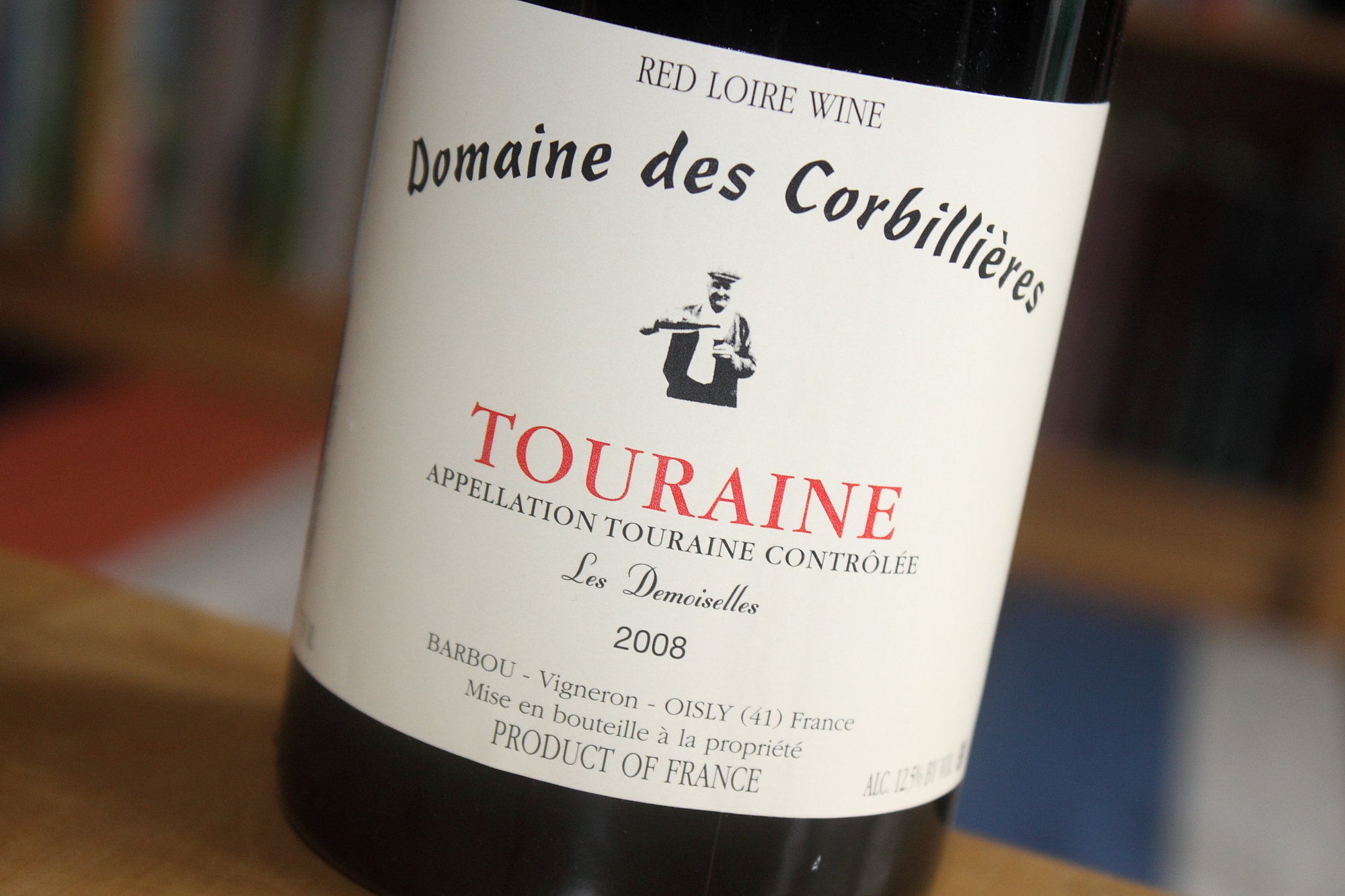Heymann-Löwenstein, Fantasie der Schieferterrassen, Rieslingsekt
Marxists and luxurious sparkling wine surely don't mix well? Well, they do. As Champagne consumers the leaders of Eastern block and other communists states did and do quite well, thank you, although one could question whether they are true Marxists. Marxists winemakers are a rarer breed, but I can think of at least one who not only makes stunning still wines but also very charming sparklers. His name is Reinhard Löwenstein and amongst other things he is famous for his Riesling from terraced Mosel vineyards.

Riesling can also be used to make sparkling wine, of course, and today we take a look at Löwenstein's non-vintage "Fantasie der Schieferterrassen" - Fantasy of Slate Terraces.









